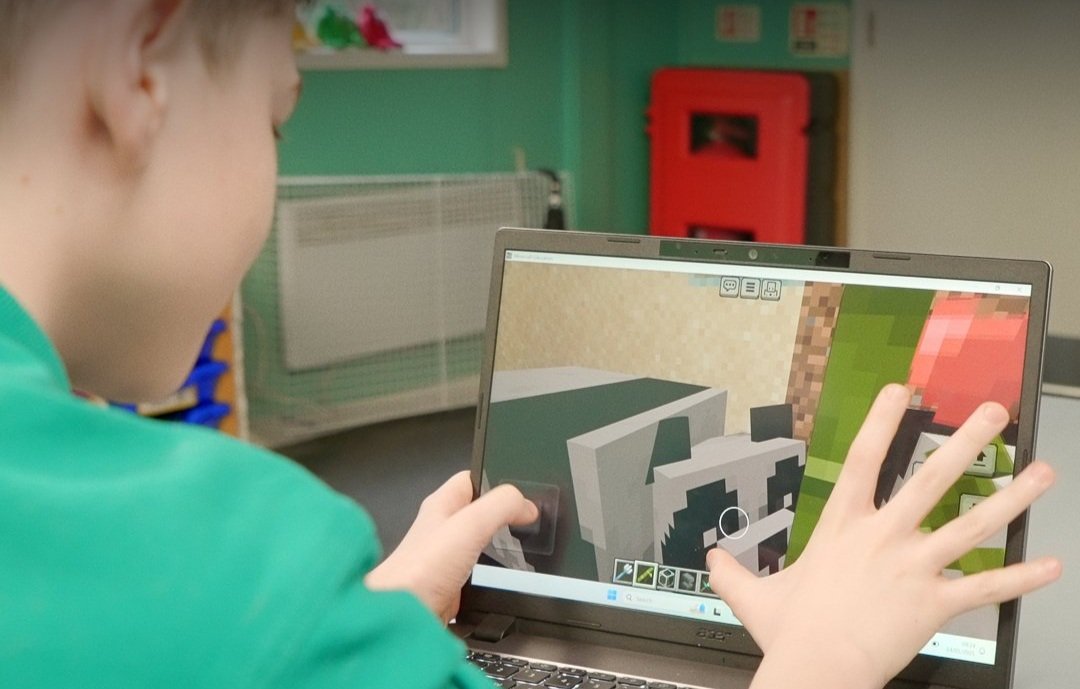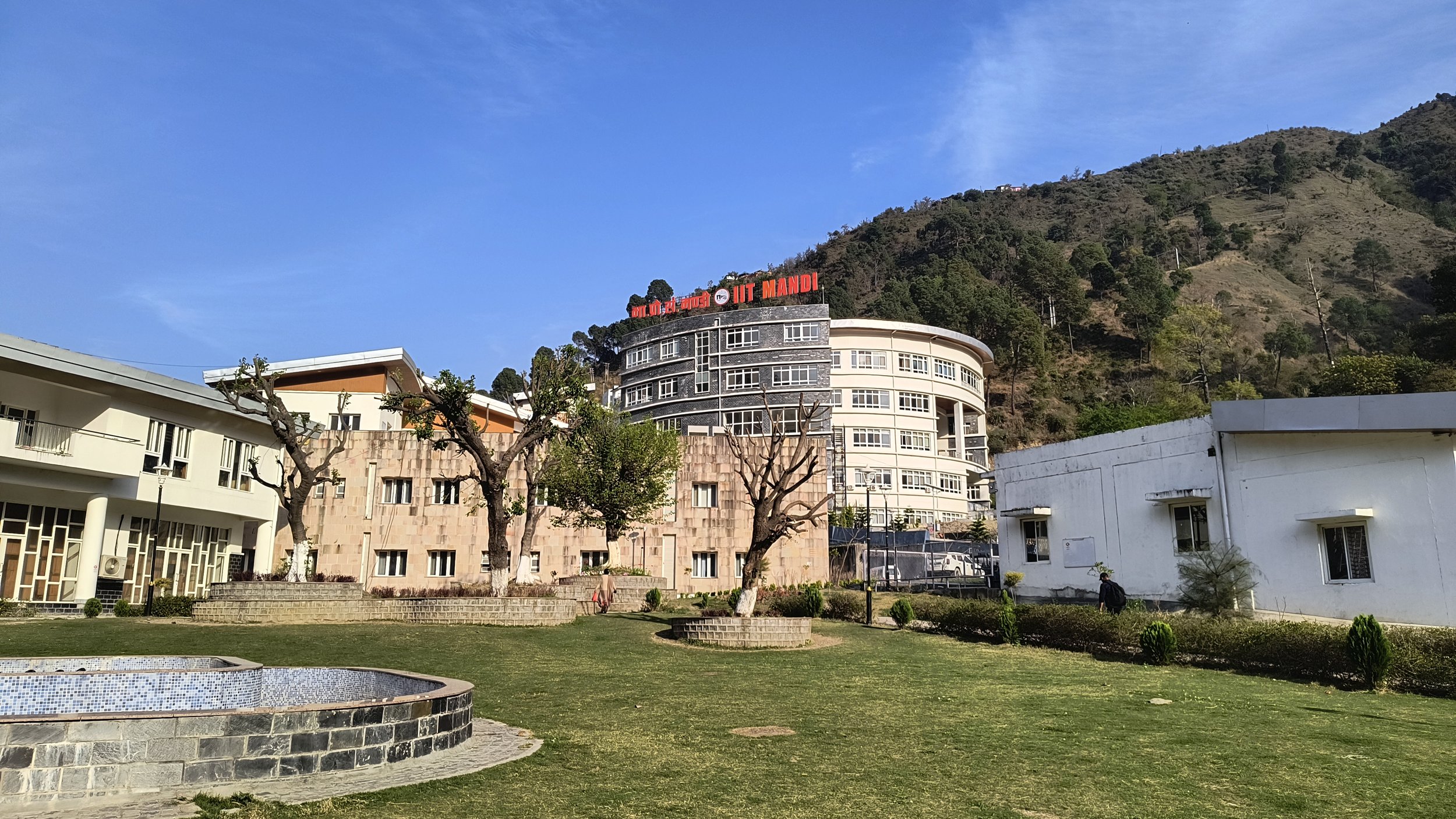How universities can contribute to reducing muscle-wasting diseases
When it comes to muscle-wasting diseases, like sarcopenia, it isn’t just the responsibility of private industry or government. Universities also have a role to play, especially in the early research phases.
But what specifically can they do? How can universities address the issue of muscle wasting, something that is going to become more widespread as the population ages?
Fortunately, this post is here to help. It runs through some of the strategies they can use to contribute to this growing market and deal with a problem that is likely going to blow up in the future.
Conduct The Latest Research
To start, universities can begin by conducting new research. Institutions that understand how the mechanics of muscle wasting operate are better positioned to find solutions. Many higher education establishments have access to cutting-edge technologies, like proteomics and CRISPR, allowing them to uncover novel therapies and targets that would take decades otherwise.
Raise Public Awareness
At the same time, universities can raise awareness of muscle-wasting diseases and why they matter so much. They can explain that people with less tissue size reduction are also far less likely to experience this class of diseases.
This role is critical for attracting new talent to the sector, something that universities focus on through their degree programs. The simple act of raising awareness gives budding PhD and research students more incentive to consider tackling these diseases in their careers.
Train Future Scientists
Related to this last point, universities can also train the scientists required by industry to develop new drugs and treatments for muscle-wasting diseases. Often, they have scientific expertise in-house that can bring new students into the fold and get them on the path to a new career in this area.
This pipeline is critical for industry because it doesn’t always have the ability to train people to the required research standard. Companies may also lack the long-term planning horizons required to produce these people, meaning that it is something best left to universities and other higher education institutions.
Use Laboratory Techniques And Analysis
Another approach universities can use to reduce muscle-wasting diseases is to leverage their laboratory facilities. Ordering Science.bio liquid solutions and experimenting to see which offer the most promising effects in a petri dish or via computer simulations is a powerful approach.
Again, this option requires investment, but it is highly effective. Companies that get it right are often the ones with the biggest impact on science as a whole.
Promote Exercise And Nutrition Studies
There may also be a role for universities in promoting exercise and nutrition studies. These are hard to get funded because they don’t always contain proprietary products. Sometimes, food boards will cough up the money, but this is rare.
Fortunately, universities often have a lot of resources and their contributions usually make all the difference. Even small pilot studies can have an outsized effect on what scientists learn and how they take their research forward in industry in the future. Traditional methods are often safe and partially effective.




















